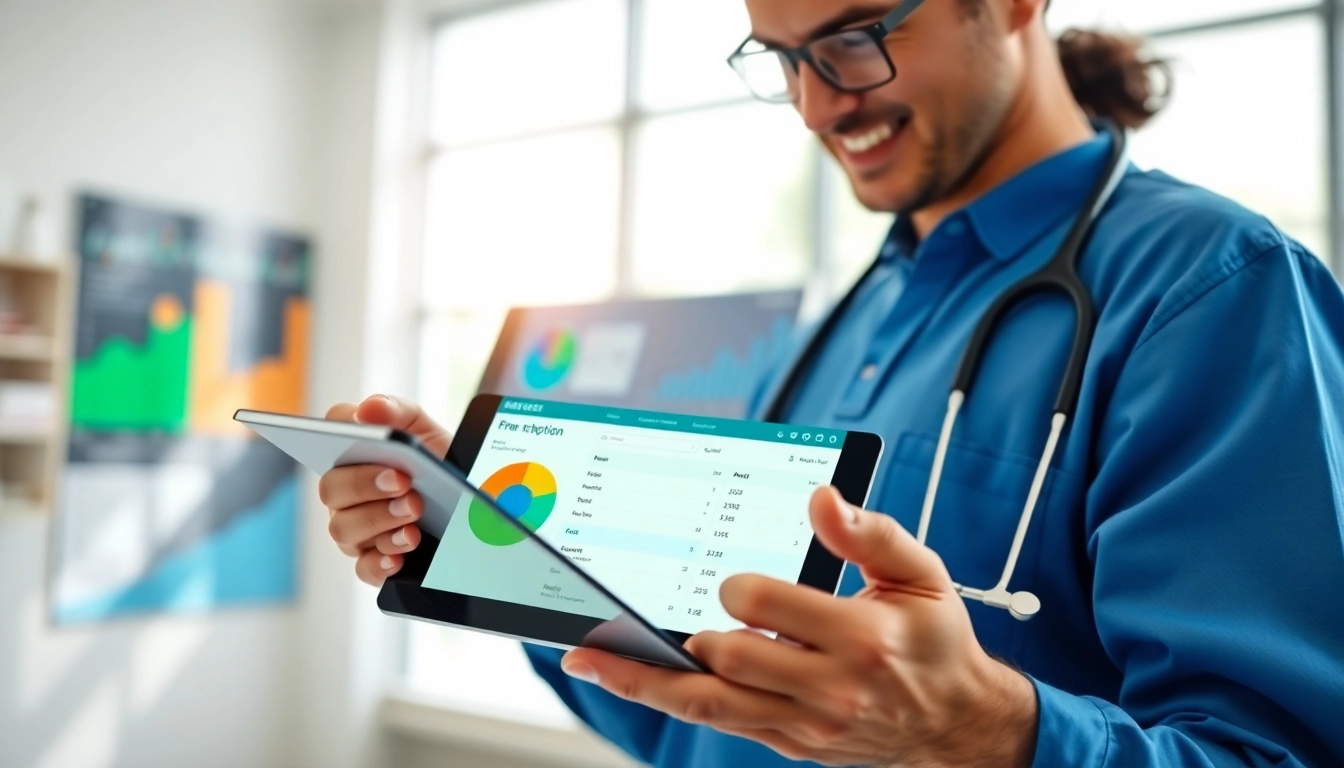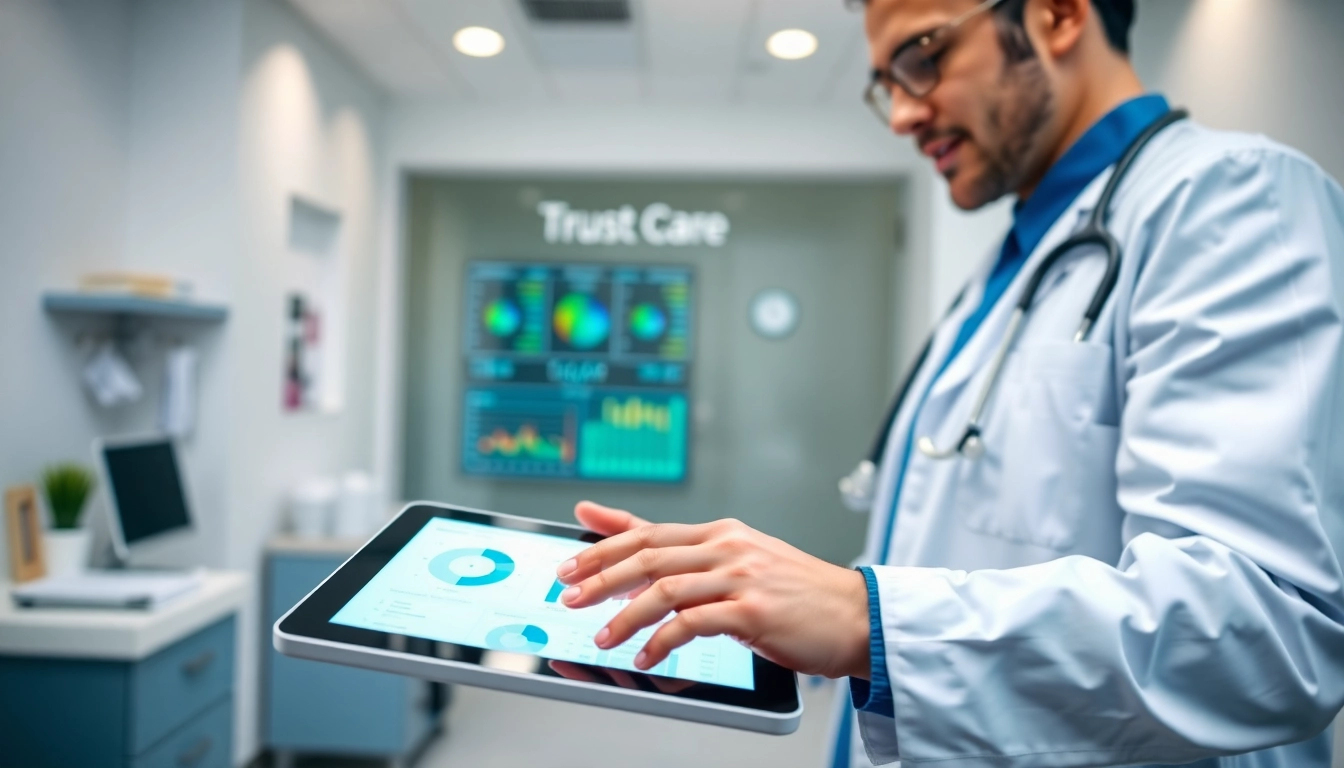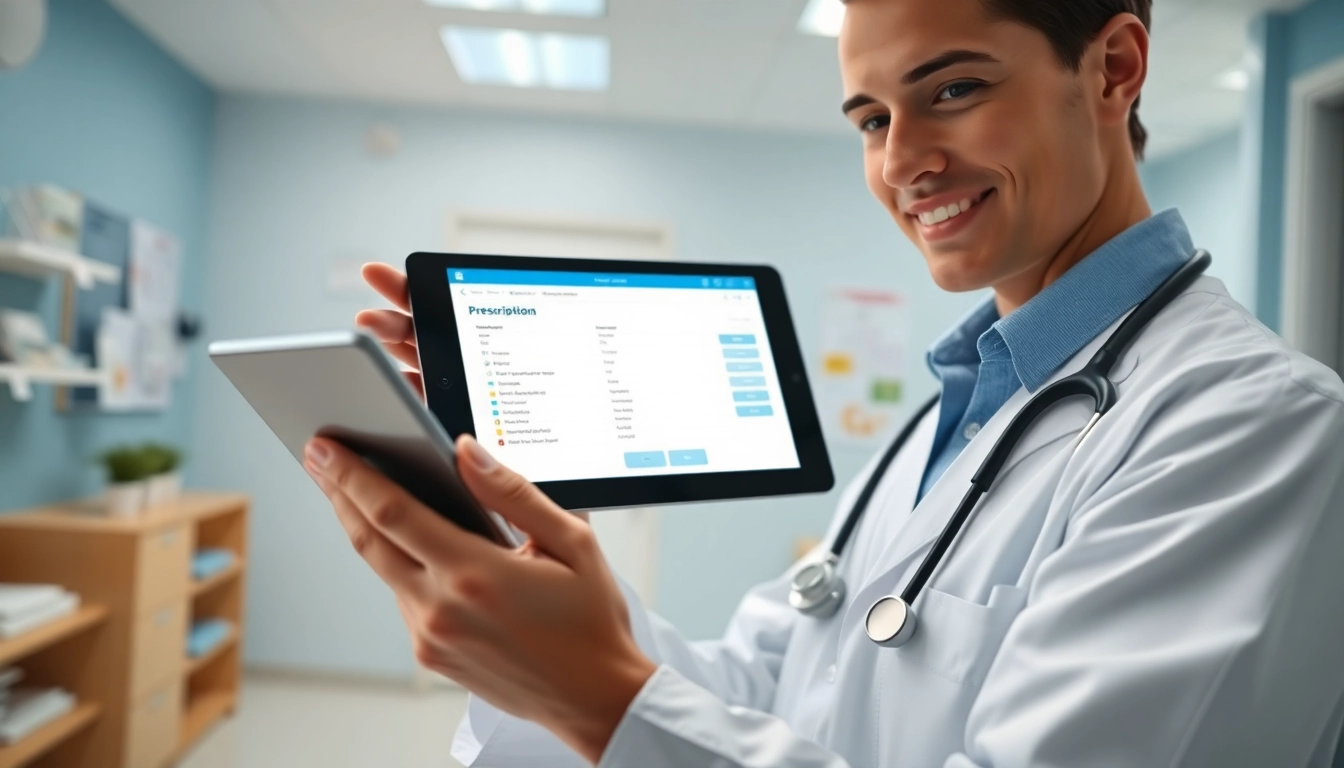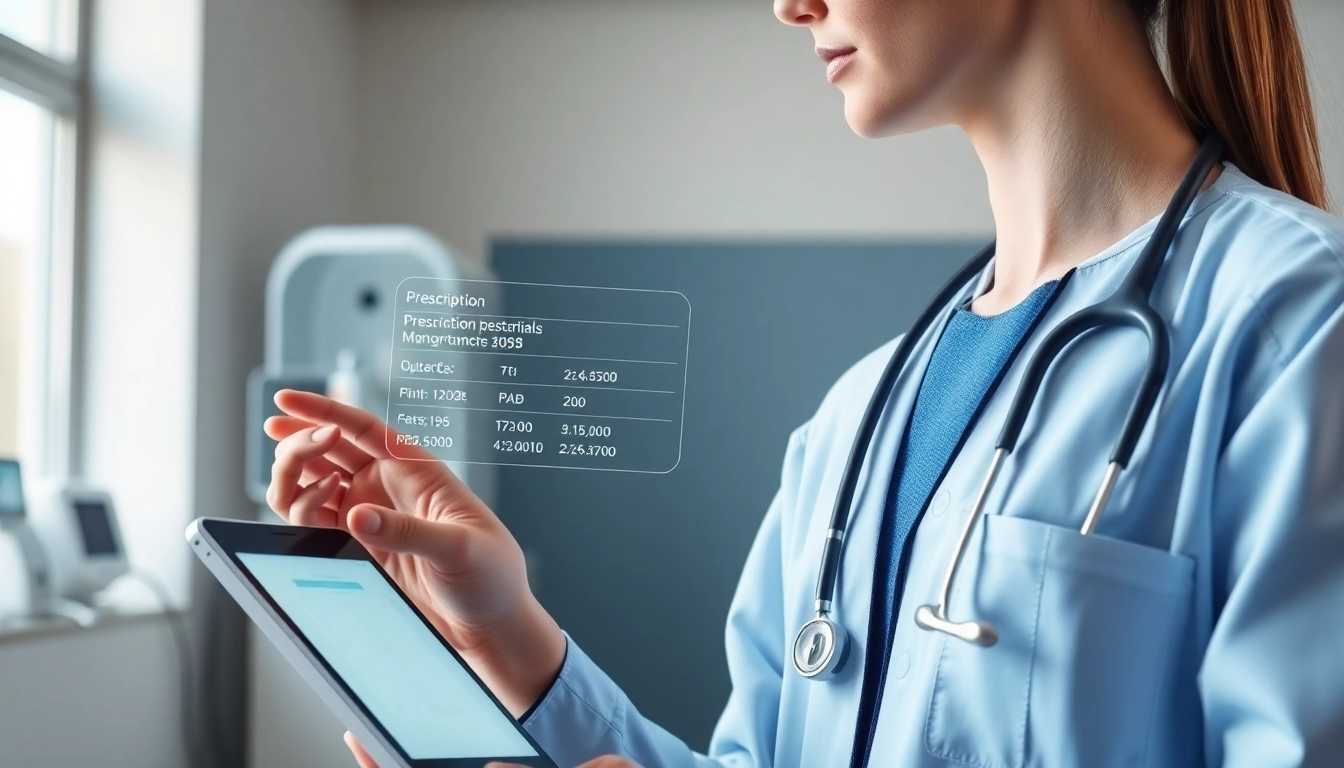Understanding Mobile Eprescription
Definition and Overview
Mobile ePrescribing is an innovative solution that allows healthcare providers to electronically prescribe medications through mobile devices, enhancing the traditional prescription process. With the integration of mobile technology in healthcare, ePrescribing is transcending the basic functionalities of conventional methods, enabling more efficient care delivery. Patients can benefit immensely from these systems, leading to greater accessibility and convenience in their healthcare interactions. This article delves into the significant benefits of mobile eprescription, exploring how this technology is reshaping healthcare practices.
Differences from Traditional Eprescribing
While traditional ePrescribing involves desktop solutions that require providers to be physically present at their offices, mobile ePrescribing takes this a step further by allowing prescriptions to be issued from anywhere. This mobility enables providers to compose prescriptions during patient visits or even remotely, significantly reducing the time between diagnosis and medication delivery. Moreover, mobile ePrescribing enhances flexibility, allowing healthcare providers to access patient data, medication histories, and pharmacy information at their fingertips. As a result, medication errors due to illegibility or miscommunication are greatly reduced.
How Mobile Eprescription Works
Mobile ePrescribing systems typically involve a user-friendly interface where providers can view patient profiles, treatment guidelines, and available medications. Once a provider decides on a medication, they can send the prescription to a pharmacy electronically, minimizing paperwork and the potential for errors. The system often includes integration with electronic health records (EHR), which conveniently tracks patient medications and therapy responses. Patients receive notifications when their prescription is ready for pickup, streamlining their experience and facilitating better medication adherence.
Key Benefits of Mobile Eprescription
Improved Patient Safety
One of the most critical benefits of mobile eprescription is its significant contribution to patient safety. By eliminating handwritten prescriptions, the likelihood of misinterpretation due to poor handwriting is vastly reduced. Moreover, mobile ePrescribing systems often include safety checks, alerting providers to potential drug interactions or allergies based on a patient’s medical history. This proactive approach not only helps in avoiding adverse drug events but also enhances overall medication management.
Enhanced Efficiency in Prescription Management
Mobile ePrescribing enhances efficiency in both the prescribing process and medication dispensing. With immediate access to patient data and medication options, healthcare providers can swiftly issue prescriptions, leading to reduced wait times for patients. Furthermore, pharmacists can process these electronic prescriptions faster, streamlining operations within the pharmacy. The efficiency gained translates not only to improved patient satisfaction but also to better time management for healthcare providers, enabling them to focus on patient care instead of administrative tasks.
Streamlined Communication Between Providers and Pharmacies
Effective communication is critical in healthcare, and mobile ePrescribing enhances this aspect considerably. By enabling instant communication between healthcare providers and pharmacies, mobile ePrescribing mitigates the potential for misunderstandings or misinformation regarding prescriptions. This enhanced communication leads to fewer errors and quicker resolution of any prescription-related issues, ultimately resulting in improved patient outcomes.
Real-World Applications
Case Studies of Mobile Eprescription Success
Several healthcare facilities have adopted mobile ePrescribing successfully, illustrating its practical applications in real-world scenarios. For instance, a primary care clinic observed a marked reduction in prescription errors after implementing a mobile ePrescribing solution. By allowing physicians to access patient data in real-time, medication delivery times improved significantly, leading to faster therapeutic interventions and ultimately contributing to better patient outcomes. Such tangible benefits highlight the direct impact that mobile ePrescribing can have on patient care.
How Patients Benefit from Mobile Eprescription
Patients who utilize mobile ePrescribing solutions experience numerous advantages. They can manage their prescriptions conveniently through mobile apps, receive instant notifications when medications are ready, and access their prescription histories anytime. This empowerment through technology fosters patient engagement and encourages adherence to prescribed therapies. Additionally, patients can often avoid unnecessary trips to the clinic merely for prescription refills, leading to a more patient-centered healthcare experience.
Administrative Advantages for Healthcare Providers
From an administrative perspective, mobile ePrescribing systems streamline operations within healthcare organizations. By alleviating the burden of paperwork and reducing manual entry errors, healthcare providers can allocate more resources towards patient care rather than administrative overhead. Furthermore, the seamless integration with EHR systems allows for better tracking of patient treatments and outcomes, enabling evidence-based practice improvements and enhanced overall care quality.
Challenges and Considerations
Common Barriers to Adoption
Despite the numerous benefits, several barriers may hinder the adoption of mobile ePrescribing. Some healthcare providers may resist new technologies due to the perceived complexity of implementation. Additionally, smaller practices might experience financial constraints in adopting such systems. It is vital for organizations to address these barriers by providing adequate training and support throughout the transition period, thereby promoting a shift towards mobile ePrescribing.
Addressing Privacy and Security Concerns
Privacy and security are paramount in the healthcare industry, especially with patient data being processed through mobile devices. It is essential to ensure that the mobile ePrescribing systems comply with regulations such as HIPAA to protect sensitive patient information. Implementing robust security measures, such as encryption and secure access controls, can help mitigate risks and build trust in the system among both healthcare providers and patients.
Training and Support Needs for Smooth Implementation
For a successful transition to mobile ePrescribing, healthcare organizations must invest in training and ongoing support for their staff. A comprehensive training program should encompass system functionality, best practices for using mobile technology in prescribing, and strategies for managing patient communications. By equipping healthcare providers with the necessary skills and knowledge, organizations can enhance the likelihood of successful adoption and utilization of mobile ePrescribing systems.
Future Trends in Mobile Eprescription
Technological Innovations on the Horizon
The landscape of mobile ePrescribing is continually evolving, driven by technological innovations and changing healthcare needs. Emerging technologies, such as blockchain, could enhance the security of electronic prescriptions, providing a secure and tamper-proof way to manage medication records. Additionally, integrations with telemedicine platforms are likely to become more prevalent, allowing for holistic patient management that encompasses remote consultations and prescription issuance.
Adapting to Changing Regulations
As with all technologies in healthcare, mobile ePrescribing must stay compliant with evolving regulatory frameworks. Healthcare providers must remain vigilant and adapt to these changes to maintain compliance while harnessing the benefits of mobile technologies. Proactive engagement with regulatory bodies and continuous education about the legal landscape can help providers navigate these changes effectively.
The Role of AI and Machine Learning
The incorporation of artificial intelligence (AI) and machine learning into mobile ePrescribing can offer groundbreaking enhancements. These technologies can analyze patient data to provide providers with actionable insights, such as identifying patients at risk of non-adherence or suggesting alternative medications based on the patient’s unique profile. Such innovations could significantly improve the precision of prescribing practices and lead to enhanced care delivery.














Leave a Reply